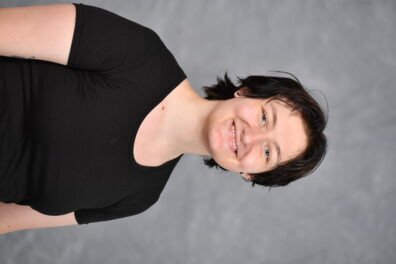A. Messick
Christopher CarrollAlexander Messick
I am a PhD student in Physics and Astronomy working with Dr. Vivienne Baldassare.
I study active galactic nuclei (AGN) in dwarf galaxies. My research focuses on the detection of AGN in the X-ray, but I also examine light from across the spectrum as well as emission lines to classify these sources.
In my free time, I like to play music (mostly guitar and drums), paint, and play video games.
My full CV can be viewed here: (Link).

Office: Webster Physical Sciences 926
E-mail: alexander.messick@wsu.edu






